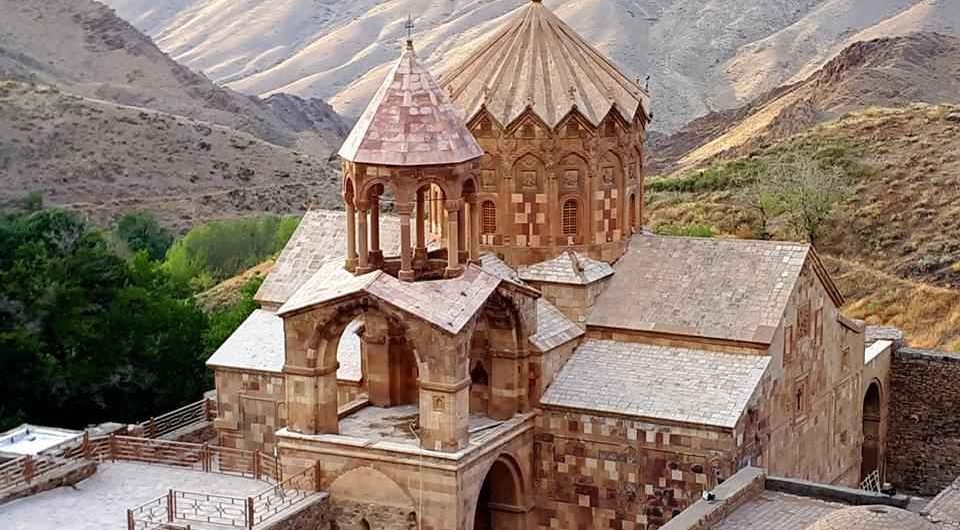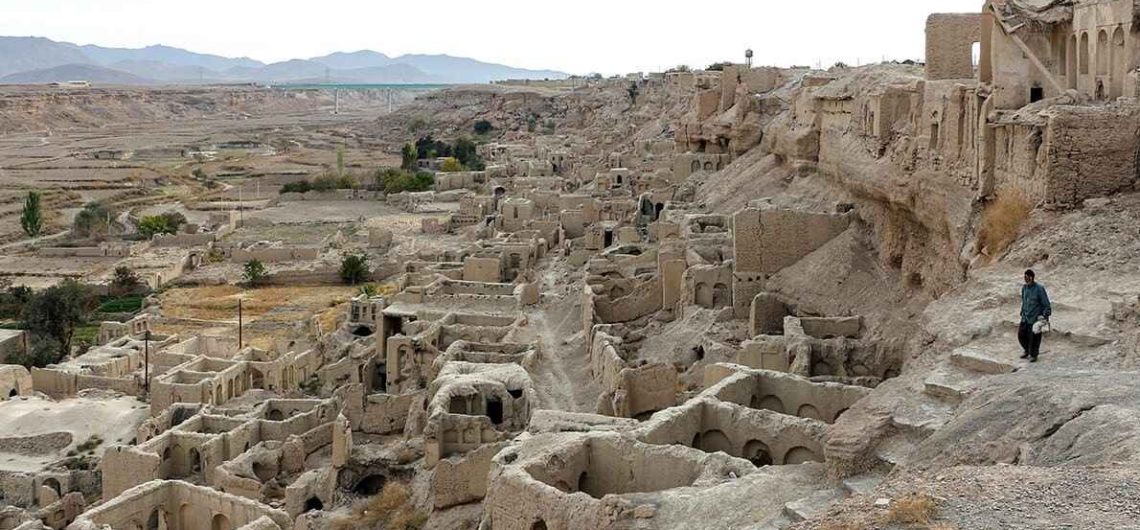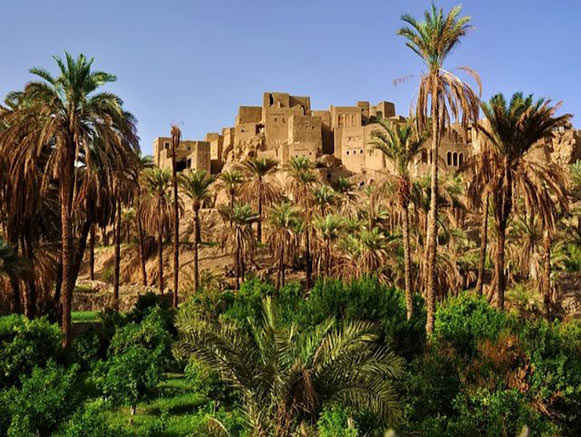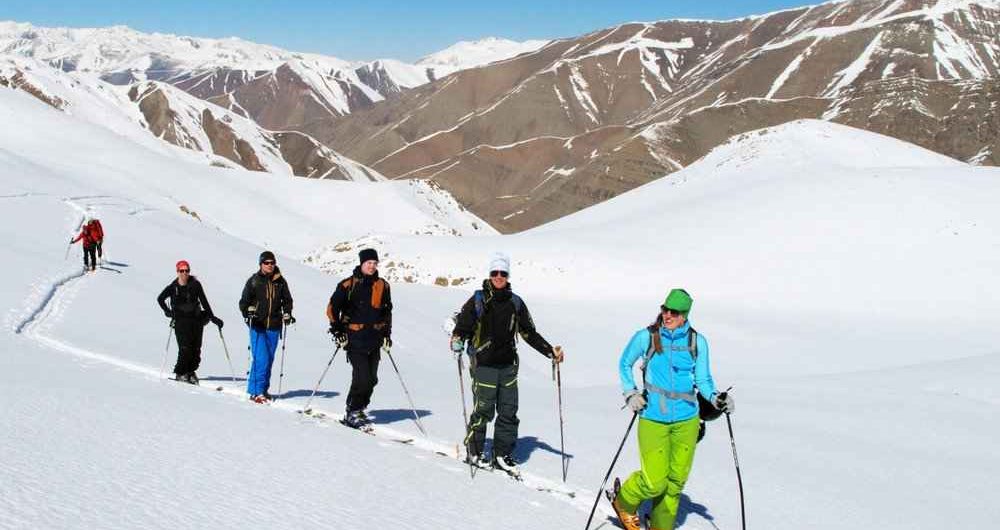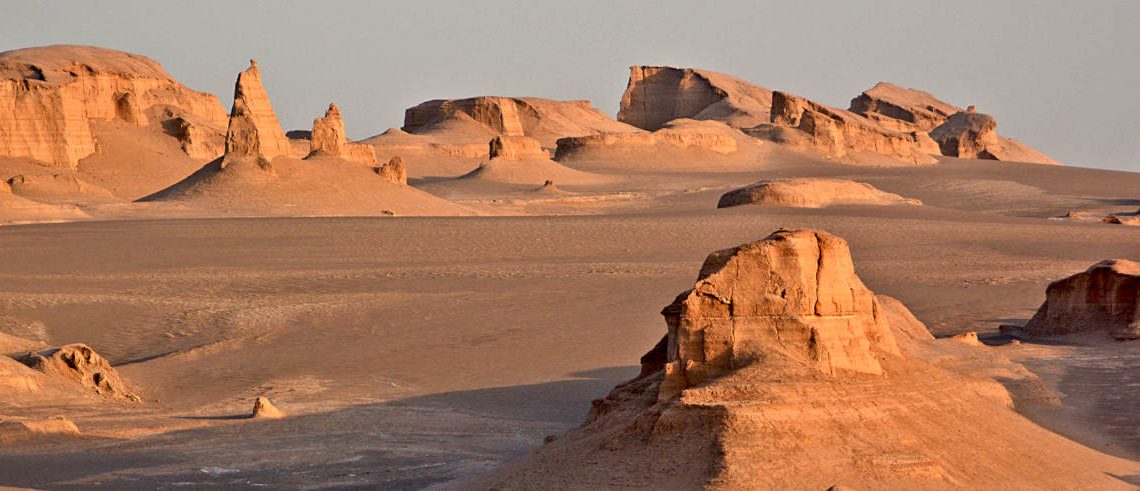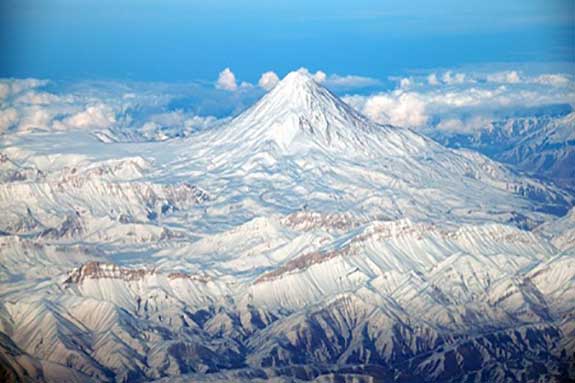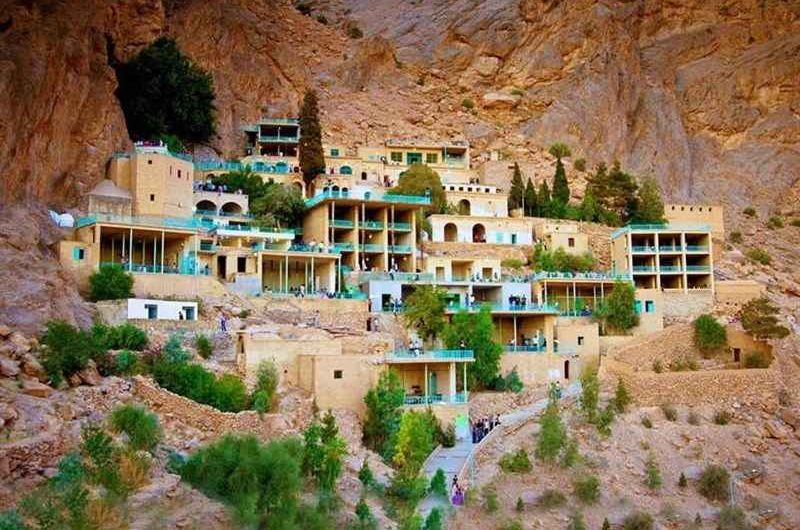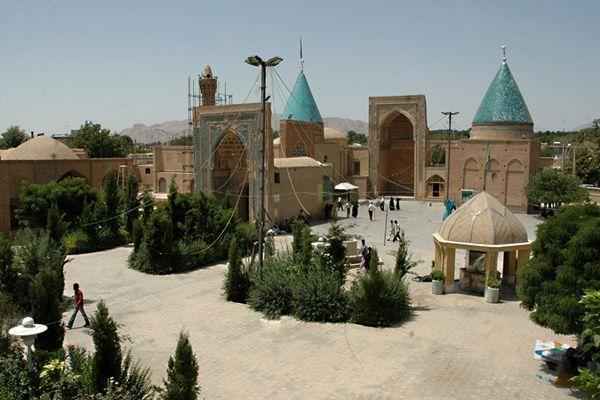Garmeh A small oasis located in the central desert of Iran, in the Isfahan region. A small town of 250 inhabitants, a charming palm grove, a hot spring, goats and camels offer everything you need to be amazed in Iran. Getting to Garmeh is like going back in time. Along the way you can see the 1,500-year-old ruined castles that rise up and adorn the landscape from the road. The central mountain ranges of Iran are located near Garmeh. The only source of water in the town and, therefore, the vital element, comes from a spring that springs up at the foot of these mountains. It is the only source of life for the palm groves and date palm orchards that make this oasis a place of dreams. About 2000 years ago, the oasis was located on the main road of the famous Silk Road and therefore on the main trade route between China and Europe. Consequently, many travelers passed through the region. A famous Persian poet, philosopher and adventurer named Nasser Khosrow passed through the region about 950 years ago and mentioned the area in his travel accounts. This town has been receiving visitors for many years, as it was one of the stops on the famous Silk Trade Route. There are a few places to welcome visitors: rural houses covered with the typical mixture of mud, clay and straw offer travelers a comfortable stay in this 400-year-old town. Nowadays, many types of these houses are built in Iran, as rural tourism is gradually becoming noticed in the face of star hotel chains. At Garmeh you can hike through the surrounding mountains to enjoy a panoramic view of the oasis on one side and the rocky plains on the other. This is the best way to get an idea
Garmeh
A small oasis located in the central desert of Iran, in the Isfahan region. A small town of 250 inhabitants, a charming palm grove, a hot spring, goats and camels offer everything you need to be amazed in Iran. Getting to Garmeh is like going back in time. Along the way you can see the 1,500-year-old ruined castles that rise up and adorn the landscape from the road.
The central mountain ranges of Iran are located near Garmeh. The only source of water in the town and, therefore, the vital element, comes from a spring that springs up at the foot of these mountains. It is the only source of life for the palm groves and date palm orchards that make this oasis a place of dreams.
About 2000 years ago, the oasis was located on the main road of the famous Silk Road and therefore on the main trade route between China and Europe. Consequently, many travelers passed through the region. A famous Persian poet, philosopher and adventurer named Nasser Khosrow passed through the region about 950 years ago and mentioned the area in his travel accounts.
This town has been receiving visitors for many years, as it was one of the stops on the famous Silk Trade Route. There are a few places to welcome visitors: rural houses covered with the typical mixture of mud, clay and straw offer travelers a comfortable stay in this 400-year-old town. Nowadays, many types of these houses are built in Iran, as rural tourism is gradually becoming noticed in the face of star hotel chains.
At Garmeh you can hike through the surrounding mountains to enjoy a panoramic view of the oasis on one side and the rocky plains on the other. This is the best way to get an idea of how small Garmeh is. It is quite amazing to see this group of green palm trees surrounded by nothing but desert.
Following the streams in Garmeh, they would come to a small opening in the cave where there are also small fish in the water, which can be used as a kind of pedicure.
If you are passionate about deserts and desert landscapes, hiking, anthropology, historical landscapes and fascinating culture of the Middle East, SITO Travel will help you organize your trip to Iran. Get in touch with us because our experience is born and developed in the field.


